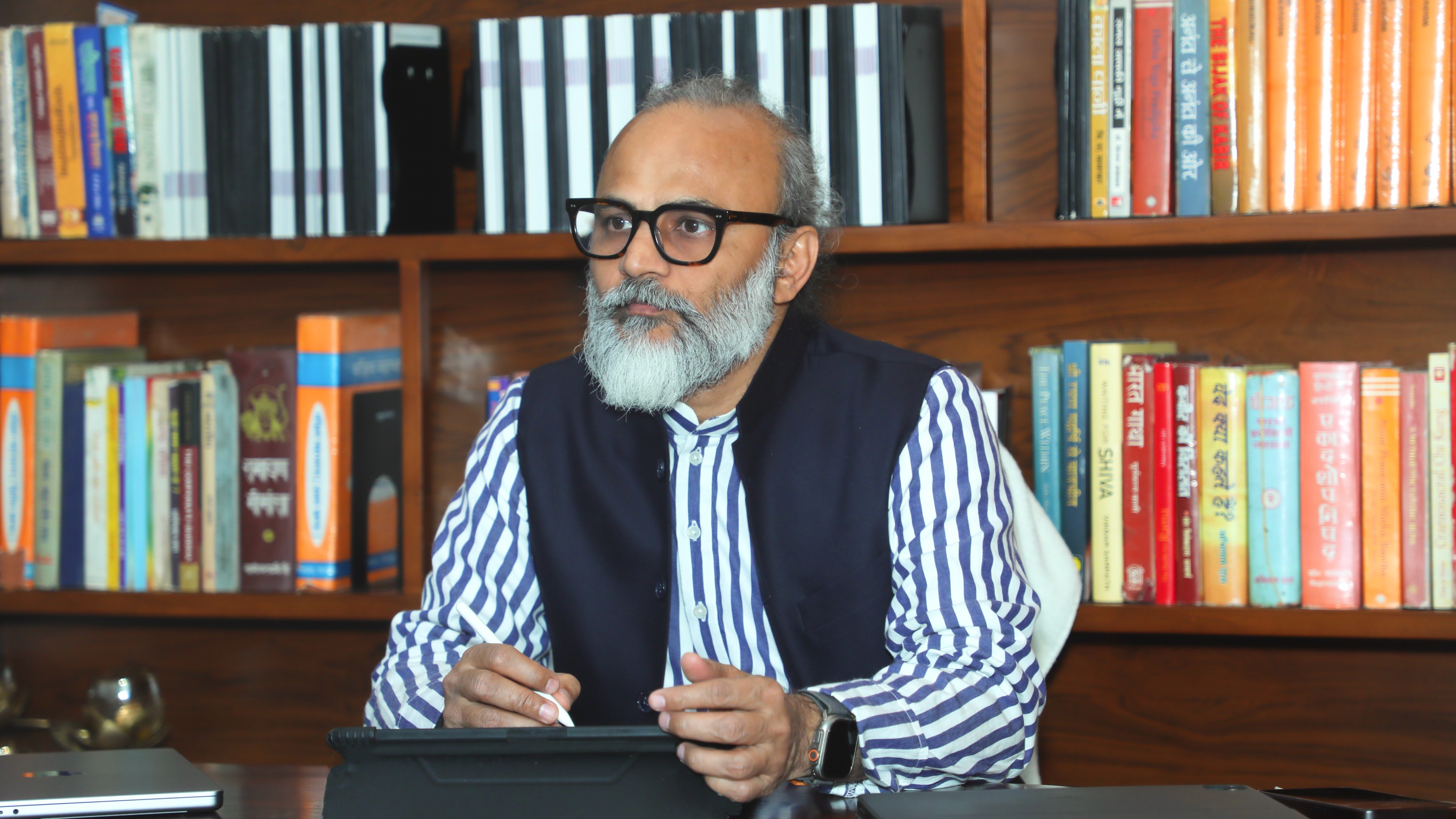
Chitta & Vrittis: Disorders
8 months ago By Yogi AnoopThe Union of Chitta and Vrittis: The Origin of Mental Disorders
Yogaś citta-vṛtti-nirodhaḥ – A Deep Analysis
The aphorism of Maharishi Patanjali—“Yogaś citta-vṛtti-nirodhaḥ”—succinctly expresses the essence of yoga. However, its true meaning is not merely the superficial cessation of mental fluctuations (vrittis), but rather a profound psychological and philosophical principle. If we explore the historical background and philosophical foundation of this tradition, it becomes clear that yoga is not just a practical discipline but an attempt to understand the fundamental nature of the human mind.
The Human Mind and Its Inherent Problem
The greatest struggle of a human being is not in the external world but within oneself. External circumstances, no matter how favorable or unfavorable, do not significantly affect a person if the mind is stable. However, if the mind is restless, even the most favorable external conditions fail to bring peace. Maharishi Patanjali deeply understood this reality and presented it in a scientific manner.
In Sanskrit, the word chitta does not merely refer to the mind but encompasses the entire mental structure. It is a dynamic force that remains constantly active through various vrittis (mental modifications). To understand this concept through an analogy, chitta can be likened to a still lake, while vrittis are the ripples formed on its surface. As long as these ripples exist, the reflection in the water is unclear. Similarly, as long as vrittis are active, the true nature of the self remains obscured.
The Relationship Between Chitta and Vrittis
According to Maharishi Patanjali, the relationship between chitta and vrittis is extremely subtle and complex. Vrittis do not arise on their own; rather, they are formed based on sensory perceptions, memories, desires, and impressions (samskaras). When an external object comes into contact with the senses, it leaves an imprint on the chitta. This imprint does not exist as a gross shadow but as a subtle mental wave—this is what is called a vritti.
Here, an important question arises: Do external objects alone generate vrittis? If that were the case, then objects that are not physically present would not be able to create mental disturbances. However, we know that memories, imaginations, and past impressions are just as powerful as direct experiences. This means that vrittis are not only governed by sensory contact but also by memory and imagination.
The Connection Between Vrittis and Suffering
It is now evident that vrittis are the root cause of mental unrest and suffering. However, Maharishi Patanjali does not stop at this conclusion; he also offers a solution. His reasoning is that if vrittis arise in the chitta and are responsible for suffering, then would it not be possible to eliminate them and attain peace of mind?
It is crucial to clarify here that nirodha (cessation) does not mean suppression. If one attempts to forcibly suppress vrittis, they resurface with even greater intensity. Maharishi Patanjali’s approach is purely scientific—he advocates for eliminating the source of vrittis rather than forcefully stopping them. This is akin to controlling the flow of a river at its source rather than trying to block it downstream with barriers.
The Process of Disengaging Chitta from Vrittis
At this point, Patanjali’s Yoga Darshana (philosophy of yoga) closely aligns with Samkhya philosophy. According to Samkhya, the union of Purusha (consciousness) and Prakriti (nature) gives rise to the world. Applying this principle at the mental level, Patanjali explains that the union of chitta and vrittis forms the basis of the mental world. If this union is dissolved, the chitta naturally becomes pure and tranquil.
This process is not a simple one. It is not merely an act of practicing meditation but a complete mental reconstruction. In Yoga Darshana, this transformation is made possible through two key methods:
1. Abhyasa (Practice) – Practice does not merely refer to regularly meditating but to gradually conditioning the mental structure in such a way that vrittis naturally weaken over time. This is similar to calming a disturbed reservoir by gradually ceasing the act of throwing stones into it.
2. Vairagya (Detachment) – Vairagya does not mean renunciation but mental freedom. It is a state in which a person is no longer affected by vrittis. For example, if someone constantly recalls a painful event, that memory continues to cause suffering. However, if the same memory exists but ceases to affect the person, then the vritti becomes inactive.
Maharishi Patanjali’s aphorism is not merely a technical explanation of yoga practice but a profound scientific analysis of the human mind. Limiting it to just external practices would diminish its vast significance.
The True Meaning of Yoga
Yoga is not merely about maintaining physical health; it is about developing the chitta in such a way that it remains unaffected by vrittis. When this state is attained, the mind automatically becomes peaceful, and the individual experiences true liberation. This is the essence of Patanjali’s yoga—the process of disengaging chitta from vrittis.
King Bhoja aptly summarized this principle:
“Puṁṣprakṛtyorviyogo’pi yoga ityudito yaya.” (“The separation of Purusha and Prakriti is what is called yoga.”)
Thus, “Yogaś citta-vṛtti-nirodhaḥ” is not just an aphorism but the essence of an entire psychological and philosophical process that guides humanity toward mental liberation.
Recent Blog
Copyright - by Yogi Anoop Academy
